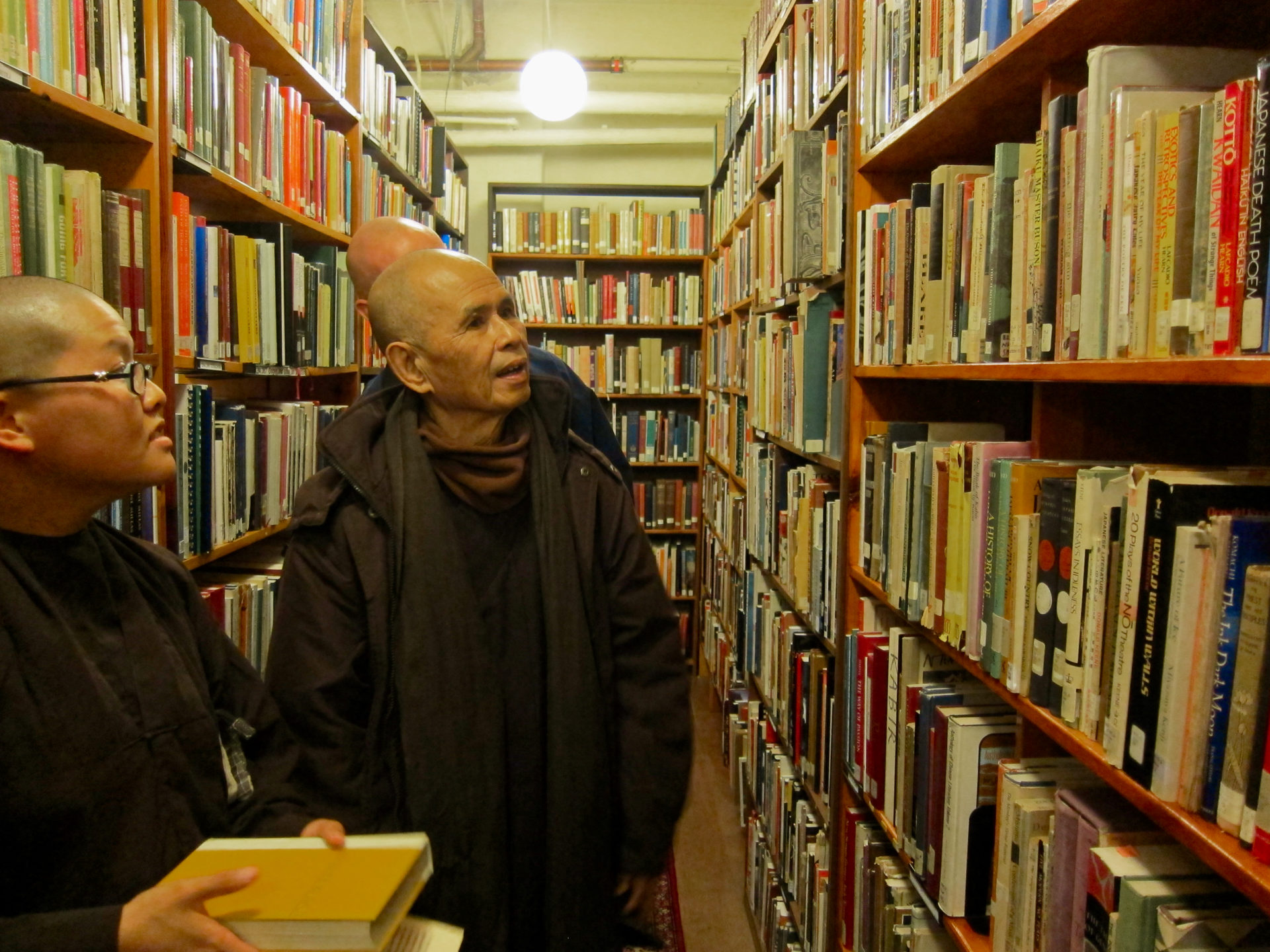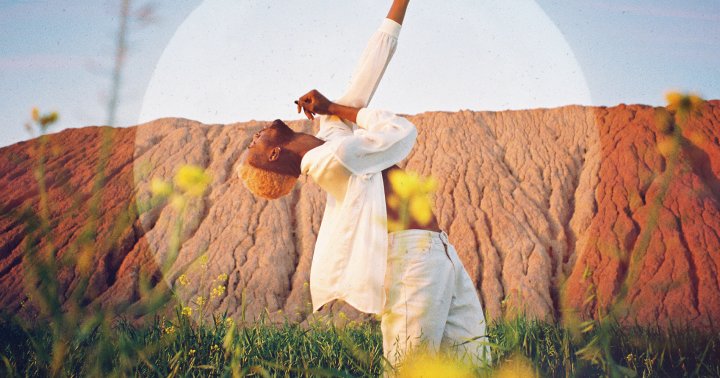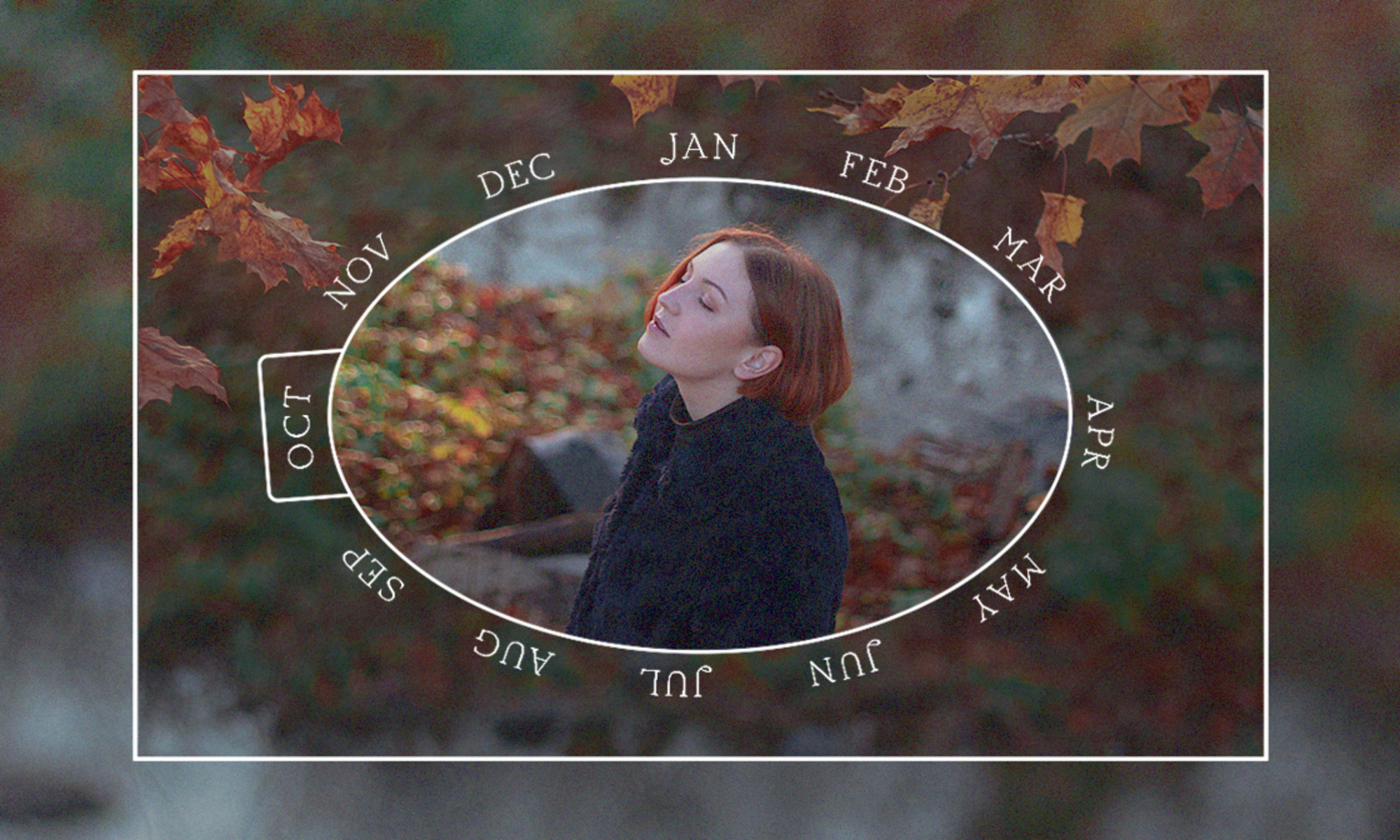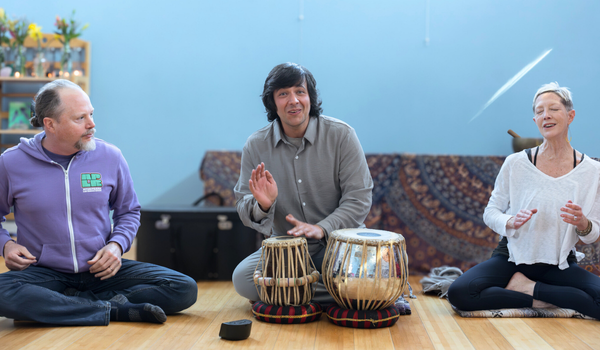How Thich Nhat Hanh’s books are published
There are many different ways that Thich Nhat Hanh’s more than 100 books have come to be.

I write a book because there is a need inside to tell what is in my heart.
Thich Nhat HanhThere are many different ways that Thich Nhat Hanh’s more than 100 books have come to be. Each book is rich with his insights, practices, personal stories and deep understanding of Buddhist teachings, and each book carries his gentle, lyrical prose.

Thay has been writing articles, sutra commentaries, Buddhist practice manuals, books on engaged Buddhism, short stories, poetry and fiction since his days as a young monk in Vietnam in the 1950s.
Many of Thay’s earliest and most well-known books he wrote longhand in Vietnamese, including those now published in English as A Rose for Your Pocket, The Miracle of Mindfulness, Fragrant Palm Leaves, The Sun My Heart, and Old Path White Clouds.
All of Thay’s poetry and fiction (including Please Call Me By My True Names, The Stone Boy, The Dragon Prince, and The Novice) were first written in Vietnamese and later translated into English.
Some of Thay’s more poetic recent books on mindfulness, including Inside the Now (2015) and Peace is Every Breath (2011), were also written longhand in Vietnamese and subsequently translated into English.
All of Thay’s sutra commentaries were translated from the Vietnamese, and he often reviewed the English translation himself.
 Thay visiting the Buddhist bookshelves in a bookstore while on a teaching tour in the United States in 2013.
Thay visiting the Buddhist bookshelves in a bookstore while on a teaching tour in the United States in 2013.There are many books that came from my Dharma talks… disciples and friends transcribed the talks and I need only to read it over and make them into books.
Thich Nhat HanhOver his teaching career, Thay has given thousands of Dharma Talks, both on teaching tours around the world (when he would teach in English) and in Winter Retreats in Plum Village France (when he would teach in Vietnamese his profound commentary on key sutras in the Buddhist canon).
Thay intended these series of talks to become books, and he actively directed his monastic and lay students, and the team at Parallax Press, to help collect and edit his talks into books, focussing on key themes he wanted to address. Books that came to be in this way include:
Teachings on deep mindfulness: Peace is Every Step, The Art of LivingTeachings in response to contemporary challenges: Anger, Fear, The Art of Communicating, SilenceTeachings on dying, loss and grief: No Death, No Fear and How To Live When A Loved One DiesTeachings on deep ecology and collective awakening: Zen and the Art of Saving the Planet, Love Letter to Mother Earth, The World We HaveTeachings on “how to suffer”: No Mud No LotusTeachings on deep inner healing: ReconciliationTeachings on mindfulness and ethics: The Art of Power, Creating True Peace, Good Citizens and Mindfulness Survival KitTeachings on bringing mindfulness into education: Happy Teachers Change The WorldTeachings for police officers and prisoners: Be Free Where You Are Teachings for Israelis and Palestinians: Peace Begins HereTeachings on Buddhist psychology: Understanding our Mind (translated and abridged from the Vietnamese), Buddha Body, Buddha MindTeachings on deep Buddhism: Heart of the Buddha’s Teaching, Zen Battles, Fidelity (translated and abridged from the Vietnamese) Thich Nhat Hanh reviewing one of his newly-published books in 2011.
Thich Nhat Hanh reviewing one of his newly-published books in 2011.Some of these books have kept the original sequence of the Dharma Talks and retreats, notably The Path of Emancipation (a 21-day Retreat in Vermont, USA in 1998) and Cultivating the Mind of Love (a 21-day Retreat in Plum Village, France in 1992).
Thay was eager to offer simple but powerful teachings that could be widely accessible. The hugely popular How To … series (How To Love, How To Relax, How to Sit, etc) are pocket-sized inspiration books drawn from pre-published teachings.
We are grateful for the many generations of editors, translators and copyeditors who have contributed to this incredible endeavor.
The monastic community continues this work today, preparing translations from Vietnamese into English, and overseeing the translation of Thay’s work into over 40 languages. At Thay’s request, the monastic editorial teams continue to edit his still-unpublished talks into books, to make his precious teachings widely available for future generations. We are grateful to our teacher for offering such a rich Dharma legacy for us all.

 Kass
Kass 


































